Eosin Staining 2%, Buy Histological Stains solutions for Histology, Cytology, Microbiology, Hematology Biology Lab from TriStains. All Tristains products are exclusively distributed by Dawn Scientific Inc
Eosin, also referred to as Acid Red 87, is a synthetic dye belonging to the xanthene class that appears red or pink in color. Its chemical formula is C20H6Br4Na2O5. This red acidic dye and fluorochrome, known as tetra bromofluorescein, is commonly utilized in biological and medical laboratories. Typically, eosin is dissolved in either water or alcohol in a 2% solution. When used, it stains cytoplasmic components, extracellular matrix, and various cellular structures, resulting in a pink to red coloration. Eosin is frequently paired with hematoxylin in the H&E (hematoxylin and eosin) staining protocol.
TriStains provides a marketplace for histology and biological stains, which is comprehensive enough to encompass the peculiar requirements of laboratories specializing in Histology, Cytology, Microbiology, and Hematology. With a reputation for exceeding quality expectations, TriStains performance is outstanding which allows for resolution of cell and tissue components fundamental to life sciences to be clearly visualized. Each product under TriStains series is validated for accuracy, reliability and consistency. TriStains, which manufactures and markets stains and indicators in various packing, offers laboratories turn key solutions for all their staining and indicator needs, improving accuracy in every experiment.
Application :
- Eosin staining 2% is predominantly used as a counterstain to hematoxylin in the H&E staining technique. This combination is essential for the examination of tissue morphology and pathology.
- It is used to highlight various cellular components in tissue sections, aiding in the differentiation of different tissue types and structures.
- It is used in cytology to stain cell smears, providing contrast to cellular components and aiding in the identification and study of cells under a microscope.
- In hematology, it is used to stain blood smears, helping to differentiate between different types of blood cells, such as erythrocytes (red blood cells) and leukocytes (white blood cells).
Benefits :
- Provides a strong and clear pink to red staining, enhancing contrast between different cellular components and structures
- Versatile, cost-effective and easy to use
- Produces stable and consistent staining results
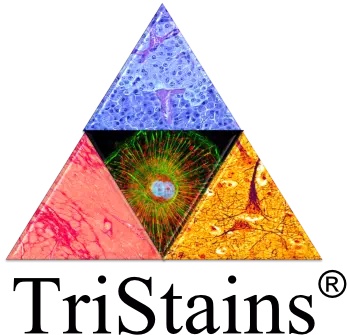

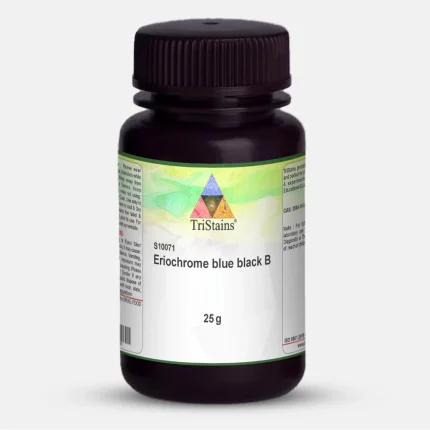

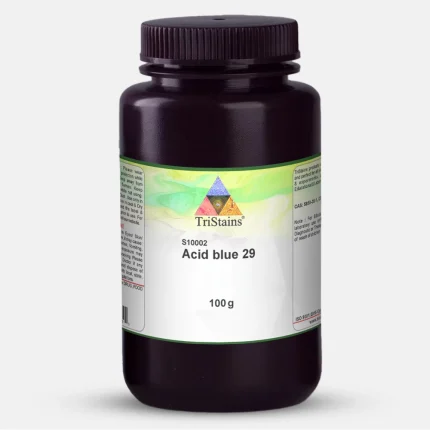
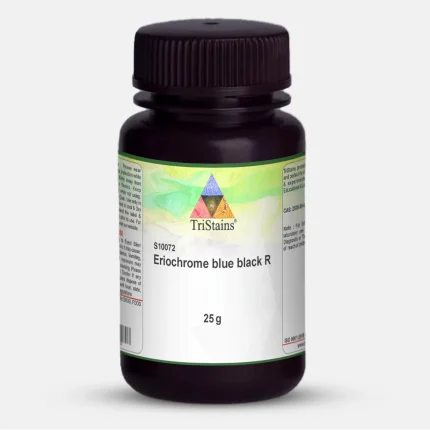



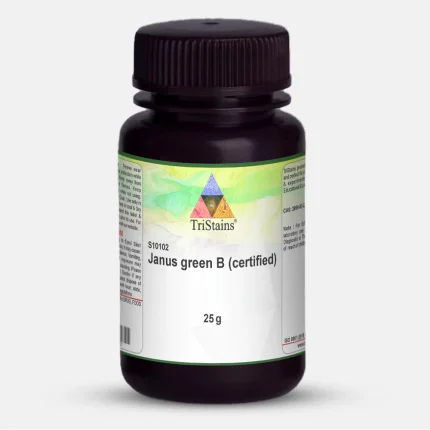



Reviews
There are no reviews yet.